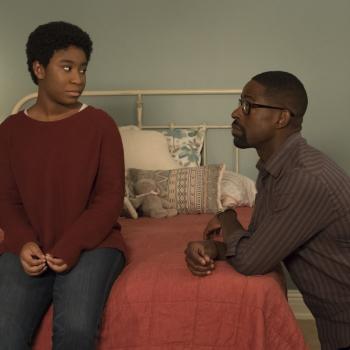The Atlantic has a fantastic piece about the importance of exposing kids to moderate risks–by allowing them independence, or letting them navigate minor dangers without intervention–and the outcomes of the safety-first culture that has increasingly sheltered children from the possibility of facing–and overcoming–their fears.
It’s hard to absorb how much childhood norms have shifted in just one generation. Actions that would have been considered paranoid in the ’70s—walking third-graders to school, forbidding your kid to play ball in the street, going down the slide with your child in your lap—are now routine. In fact, they are the markers of good, responsible parenting. One very thorough study of “children’s independent mobility,” conducted in urban, suburban, and rural neighborhoods in the U.K., shows that in 1971, 80 percent of third-graders walked to school alone. By 1990, that measure had dropped to 9 percent, and now it’s even lower. When you ask parents why they are more protective than their parents were, they might answer that the world is more dangerous than it was when they were growing up. But this isn’t true, or at least not in the way that we think.
Midway through, the author offers one diagnoses for the roots of our general anxiety about letting our children experience the world:
The gap between what people fear (abduction by a stranger) and what’s actually happening (family turmoil and custody battles) is revealing. What has changed since the 1970s is the nature of the American family, and the broader sense of community. For a variety of reasons—divorce, more single-parent families, more mothers working—both families and neighborhoods have lost some of their cohesion. It is perhaps natural that trust in general has eroded, and that parents have sought to control more closely what they can—most of all, their children.















